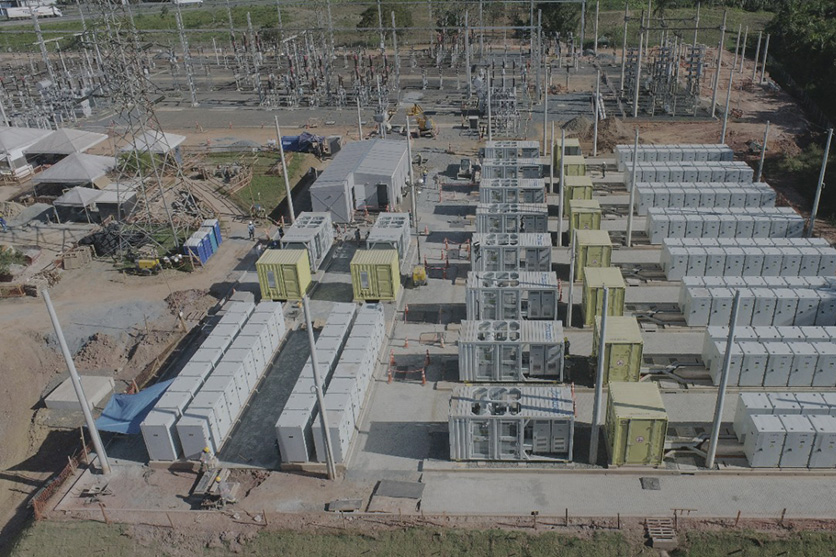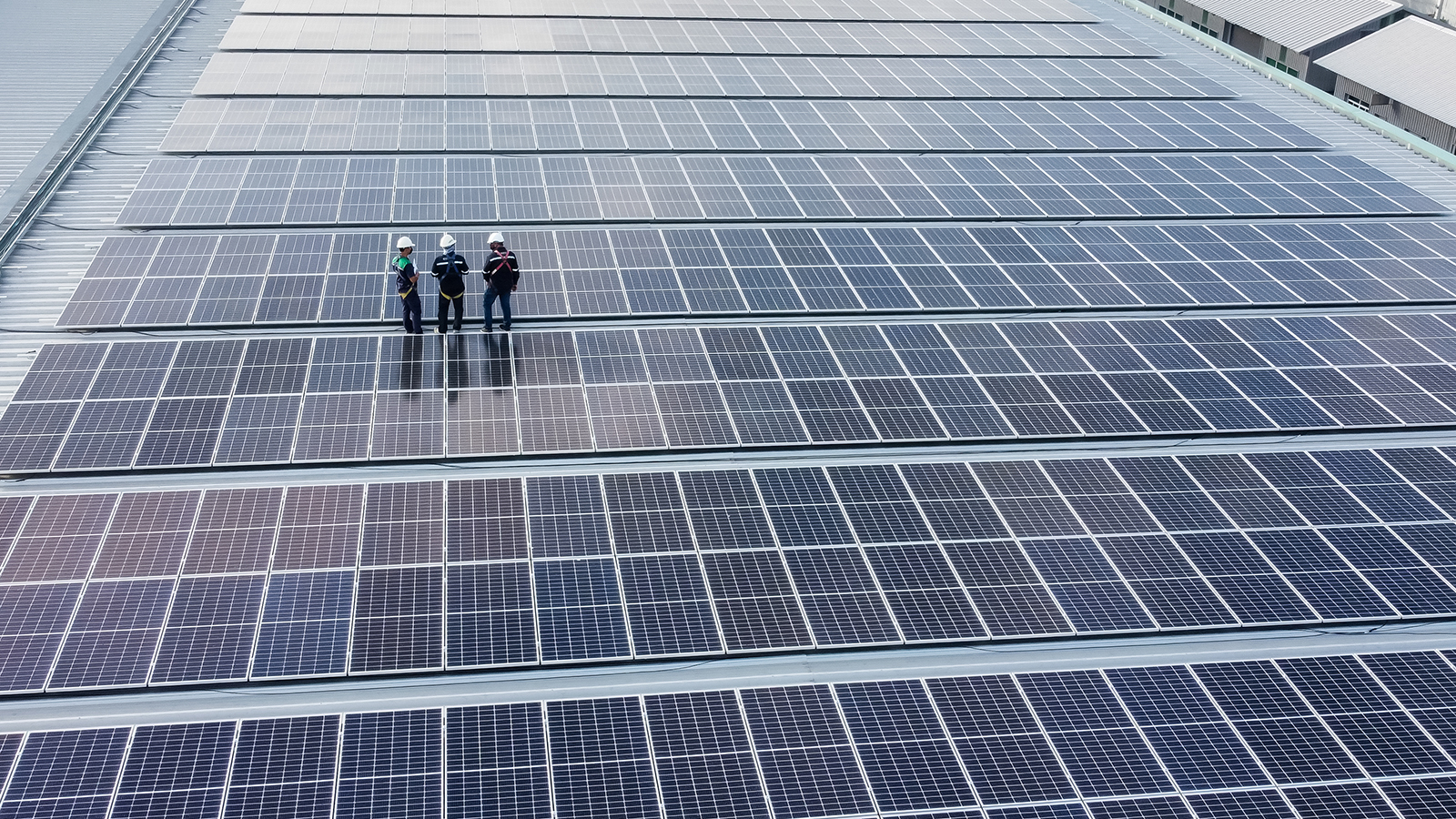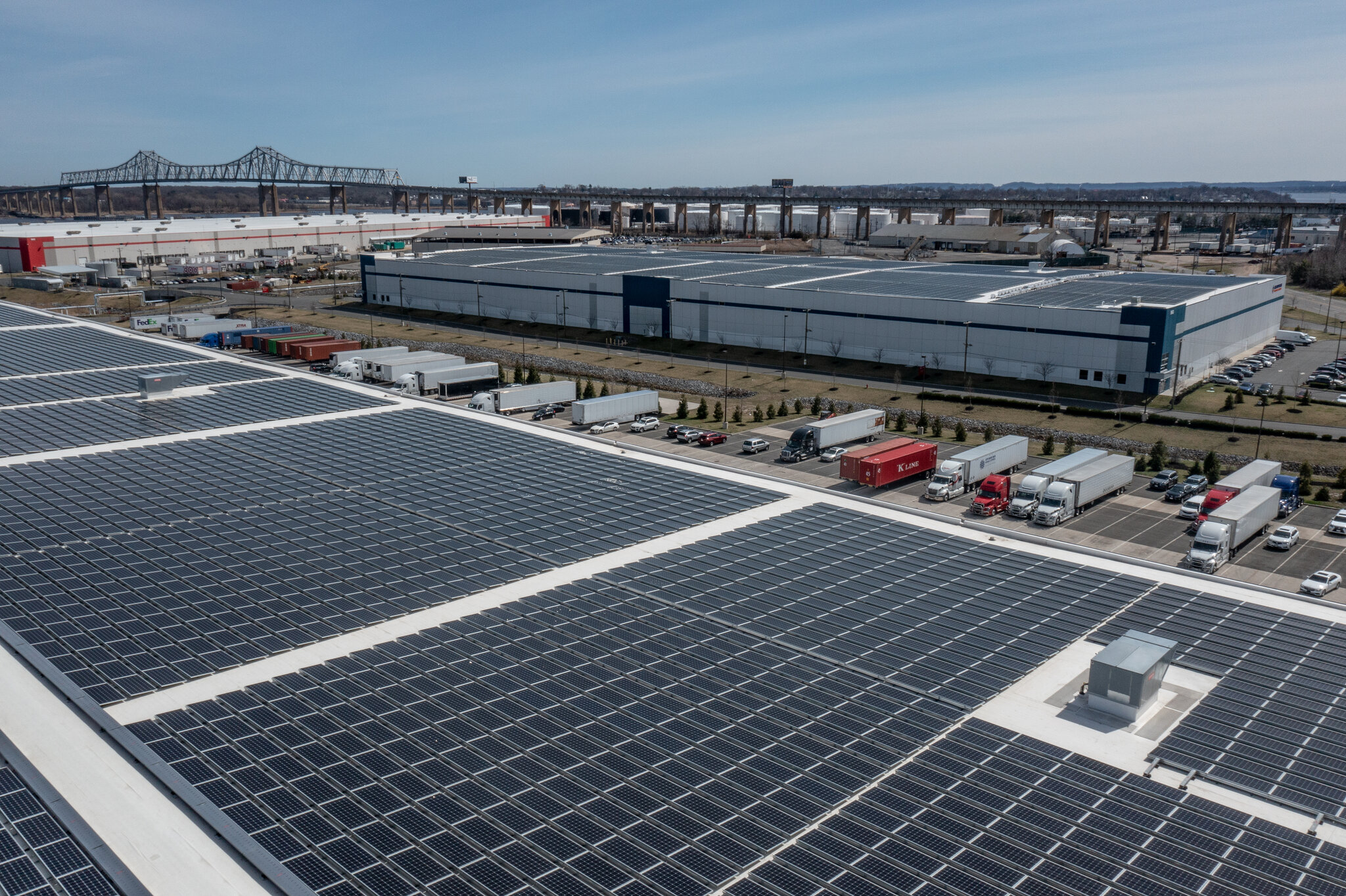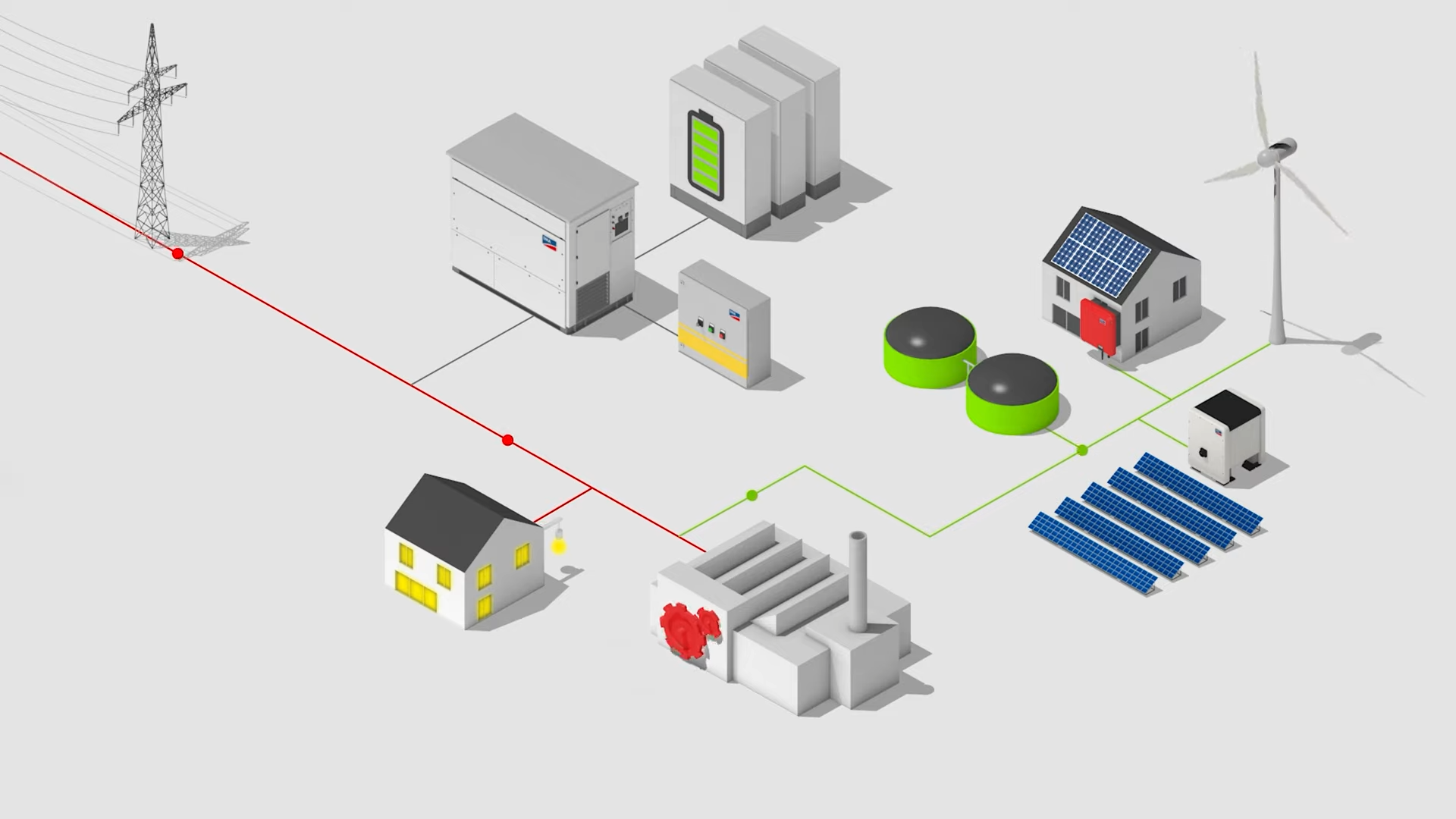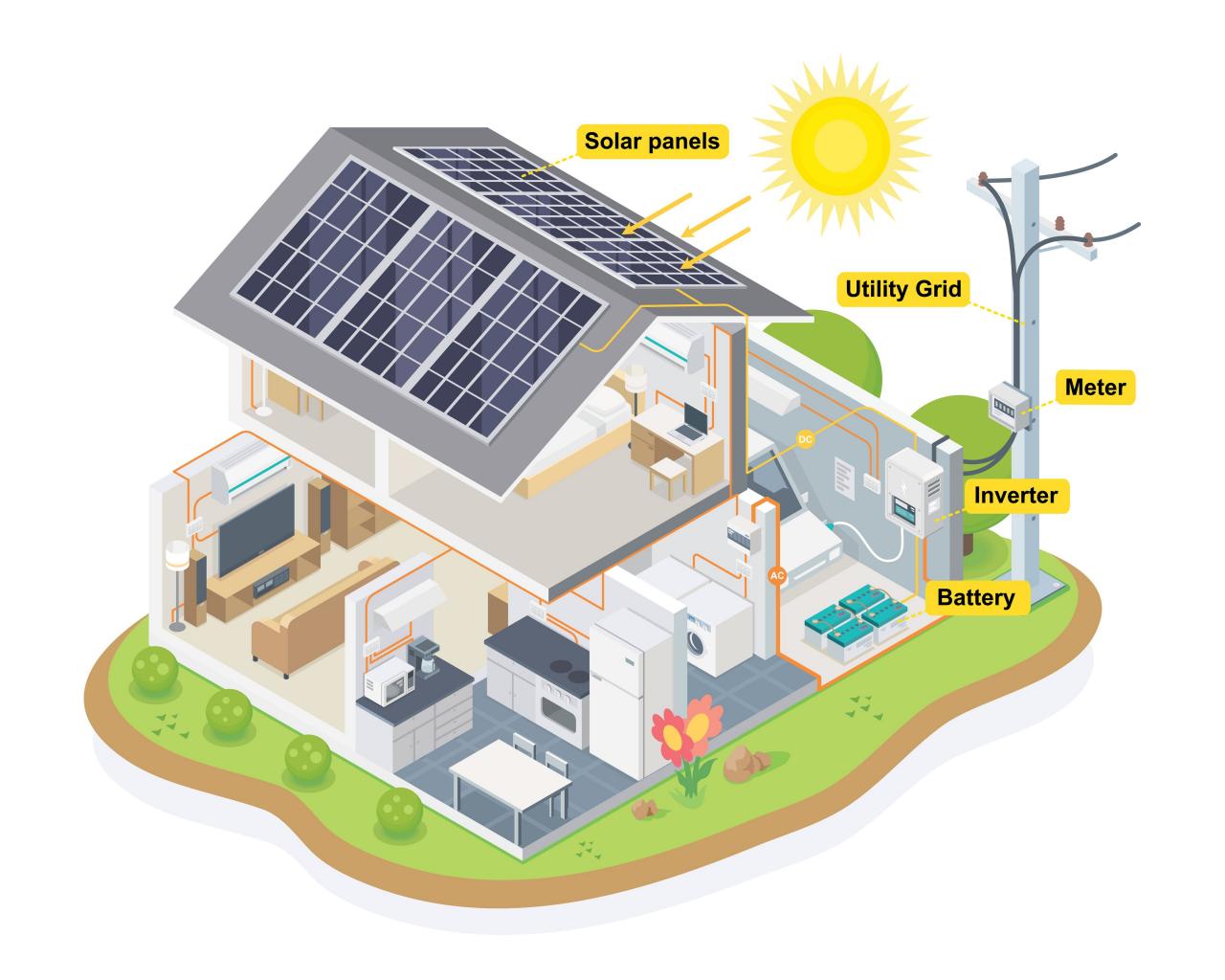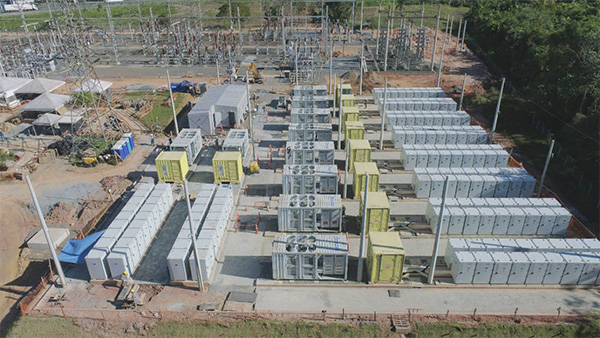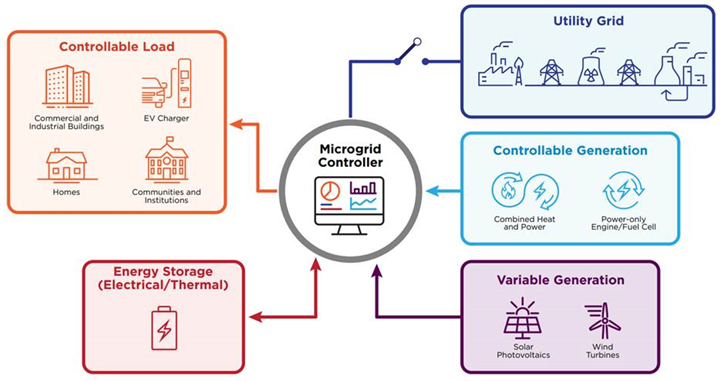The battery is expected to come online in summer 2021.
Google to Test Data Center Battery Backup That Also Serves the Grid
Google wants to “make the most” of required data center backup systems on its quest for 24/7 clean energy.
Google on Wednesday unveiled plans to install its first backup battery at a data center, with ambitions to use the project as a test case for grid service applications.
The 3-megawatt, 2-hour-duration battery will be installed at a Google data center in Belgium, a location selected because its market has policies that allow batteries to provide frequency regulation to the grid. Google is already experimenting with load-shifting on a pilot scale.
Google has matched its overall electricity consumption with 100 percent renewable energy purchases since 2017. The battery installation is designed to help Google on its quest to meet round-the-clock electricity demand with carbon-free sources by 2030. In addition to providing clean backup, batteries also have the potential to bring back value, said Maud Texier, Google’s lead for carbon-free energy.
“This is really not a technology pilot; this is really more of an operational pilot,” said Texier. “We want to demonstrate that there is a business case. Batteries are cost-competitive today…[and] there is an economic incentive for customers such as us… to become active participants in the grid.”
Generators sit beside data centers across the world, ready to keep them running in case of electricity outages. Currently, data centers account for about 20 gigawatts of diesel generators deployed around the globe, Google estimates (the tech company declined to quantify its share of that total).
If those users switch data center backup to batteries, it could drive some storage demand. But this announcement is more about potential value creation than upside for the battery market, said Dan Finn-Foley, head of energy storage at consultancy Wood Mackenzie.
“If the Googles, Microsofts and Amazons of the world are willing to pay a premium [for] cleaner backup generation, then it may well accelerate the uptake of storage by providing one more layer to drive the economics into the black,” said Dan Finn-Foley.
Data center backup power for grid services: A long road to realization
The push to use data center backup power systems as vessels for grid services contracts has been around for at least a decade. In 2011, Greentech Media reported on a partnership between utility Dominion and Power Assure, an energy management software startup that planned to use data centers as grid assets to bolster efficiency. The company dissolved in 2014.
Bloom Energy fuel cells have supplied customers such as Apple. Microsoft has dabbled in batteries, and more recently, green hydrogen to provide backup at its data centers. None of these applications has become widespread.
All the while, large tech companies have become some of the biggest buyers of clean energy in the world. Models suggest that data centers account for about 1 percent of global electricity use, and more companies are working to power them with renewables. That demand has allowed companies such as Google to shape markets; the tech giant has already joined the Midcontinent Independent System Operator and the Southwest Power Pool. The company’s latest move into grid services could wield similar influence if it grows beyond the pilot.
“One of the cooler elements of this is the complete reversal in business models. Data companies are huge consumers of electricity. A movement toward renewables-plus-storage as backup could flip it so they are some of the largest generators and service providers on the grid,” said Finn-Foley. “If your job is to sell the electricity, it must be unnerving to watch one of your biggest customers becoming a competitor instead.”
The project, as it stands, is on a small scale; Google still plans to use diesel generators in tandem with the battery. But if it becomes a repeatable and widespread model, the company’s growing influence in the energy industry could help spur “a new paradigm where storage on the grid enables more renewables, rather than a build-out of renewables encouraging more storage,” said Finn-Foley.
In reporting on its environmental targets, Google does not break out emissions from generators, which run infrequently, Texier said. And the company’s total Scope 1 emissions, those that encompass direct emissions including onsite diesel generators, account for a fraction of Google’s overall emissions.
Replacing those generators with clean energy technologies will not significantly cut the company’s emissions, said Texier. But Google is hoping to use the shift to demonstrate a change in how backup systems can be designed.
“We're really trying to look at those backup systems as more like an opportunity,” said Texier. “We need backup capacity onsite. How can we make the most of them, when they are sitting idle most of the time, for carbon-free energy and other sustainability efforts that also support operations down the line?”


